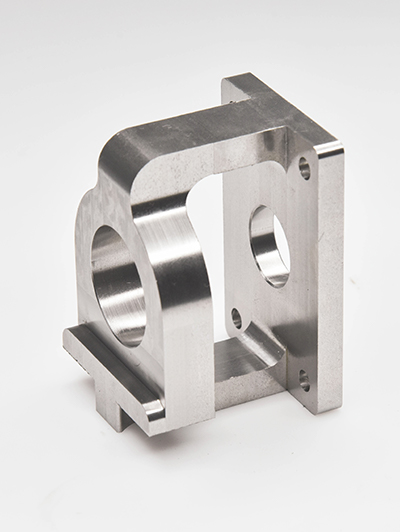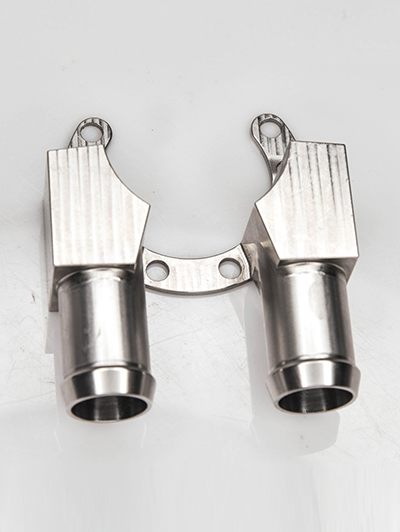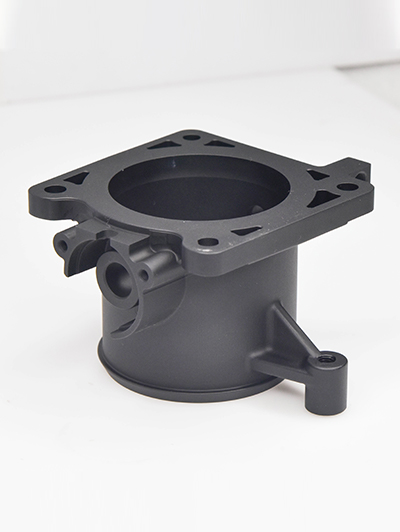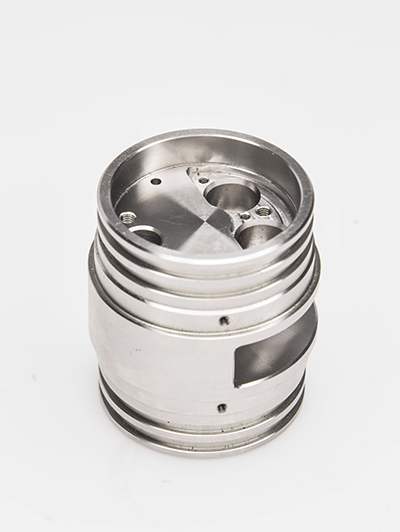Information
What software tools optimize CNC programming for medical parts?
There are several software tools that can optimize CNC programming for medical parts. They are widely used in the medical device manufacturing industry for their advanced features and capabilities in handling complex geometries and tight tolerances. Some of the commonly used ones are as follows:
Computer-Aided Design (CAD)/Computer-Aided Manufacturing (CAM) Software
- SolidWorks:
It is a popular 3D CAD software that offers a wide range of tools for designing medical parts with complex geometries. When combined with its CAM functionality or integrated with other CAM software like SolidCAM, it allows for seamless transition from design to manufacturing. It enables users to create detailed 3D models of medical components and generate optimized toolpaths for CNC machines, taking into account factors such as material properties, tool selection, and machining strategies.
- AutoCAD:
Besides its well-known 2D drafting capabilities, AutoCAD also has 3D modeling features that can be used for designing medical parts. In the context of CNC programming, it can be used in conjunction with CAM software like Mastercam or HSMWorks. These CAM add-ons for AutoCAD help in generating efficient toolpaths, optimizing cutting parameters, and simulating the machining process to ensure accuracy and efficiency.
- CATIA:
This software is widely used in the aerospace and automotive industries and is also highly suitable for medical part design and manufacturing. It offers advanced surface modeling and solid modeling capabilities, which are essential for creating complex medical device geometries. CATIA's CAM module allows for precise CNC programming, enabling the creation of toolpaths that can handle micro-scale features and tight tolerances often required in medical parts.
CNC Simulation and Verification Software
- VERICUT:
It is a leading software for CNC simulation and verification. It can import CAD/CAM files and simulate the entire machining process, including tool movements, material removal, and potential collisions. For medical parts manufacturing, where precision and quality are critical, VERICUT helps in identifying and eliminating errors in the CNC program before actual machining. This reduces the risk of costly mistakes, saves time and materials, and ensures the safety and accuracy of the final product.
- MachineWorks: This software provides a range of tools for CNC simulation, optimization, and verification. It can be integrated with various CAD/CAM systems and offers features such as toolpath editing, collision detection, and material removal simulation. In the medical field, MachineWorks is used to fine-tune CNC programs, ensuring that the machining process is efficient and error-free, especially when dealing with complex and delicate medical parts.
Specialty Medical Manufacturing Software
- 3D Systems' Geomagic Freeform:
This software is specifically designed for creating and modifying organic and complex shapes, which are common in medical implants and prosthetics. It allows for intuitive sculpting and manipulation of 3D models, and can generate toolpaths for CNC machining that are optimized for these unique geometries. Geomagic Freeform also offers features for surface finishing and quality control, ensuring that the final medical parts meet the required standards.
- Materialise Magics:
It is a powerful software in the medical 3D printing and manufacturing industry. While it is often associated with 3D printing, it also has capabilities for CNC programming and optimization. Magics can handle medical imaging data (such as CT and MRI scans) and convert it into 3D models suitable for manufacturing. It offers tools for generating support structures, optimizing toolpaths for CNC machining of patient-specific medical parts, and ensuring the accuracy and biocompatibility of the final products.
Enhancing Efficiency in Aerospace Technologies
1. Implementing advanced automation and robotics: By utilizing automated systems and robotics in aerospace technologies, tasks can be performed more quickly and accurately, leading to increased efficiency. This includes automated systems for manufacturing, inspection, maintenance, and handling of materials.2. Adopting digital twin technology: Digital twin technology allows for real-time monitoring and simul...
Cutting-edge Machining of Unique Materials
Advancements in technology have allowed for the cutting-edge machining of unique materials that were previously difficult to work with. This has opened up new possibilities for manufacturing industries, allowing for the production of components and products that were once thought to be impossible.One such material that has benefited from cutting-edge machining techniques is carbon fiber. Carbon fiber is a l...
Enhancing Efficiency in Aerospace Technologies
1. Implementing advanced automation and robotics: By utilizing automated systems and robotics in aerospace technologies, tasks can be performed more quickly and accurately, leading to increased efficiency. This includes automated systems for manufacturing, inspection, maintenance, and handling of materials.2. Adopting digital twin technology: Digital twin technology allows for real-time monitoring and simul...
Cutting-edge Machining of Unique Materials
Advancements in technology have allowed for the cutting-edge machining of unique materials that were previously difficult to work with. This has opened up new possibilities for manufacturing industries, allowing for the production of components and products that were once thought to be impossible.One such material that has benefited from cutting-edge machining techniques is carbon fiber. Carbon fiber is a l...
Shape accuracy detection
In addition to dimensional accuracy, the shape accuracy of the parts cannot be ignored. Detect shape errors such as roundness, cylindricity, and flatness of parts using equipment such as roundness meters and contour meters. For example, when processing high-precision bearing rings, the accuracy of roundness and cylindricity directly affects the rotational accuracy and service life of the bearing.
Dimensional accuracy testing
Using advanced measuring tools and techniques, such as coordinate measuring instruments, optical imagers, etc., to accurately measure the dimensions of parts. For precision parts, dimensional tolerances are usually controlled at the micrometer level, so high-precision measuring equipment is required to ensure the accuracy of the test results. For example, when processing precision molds for mobile phone chi...
- +86 13603025252
-

WhatsApp
- info@jiujucnc.com





